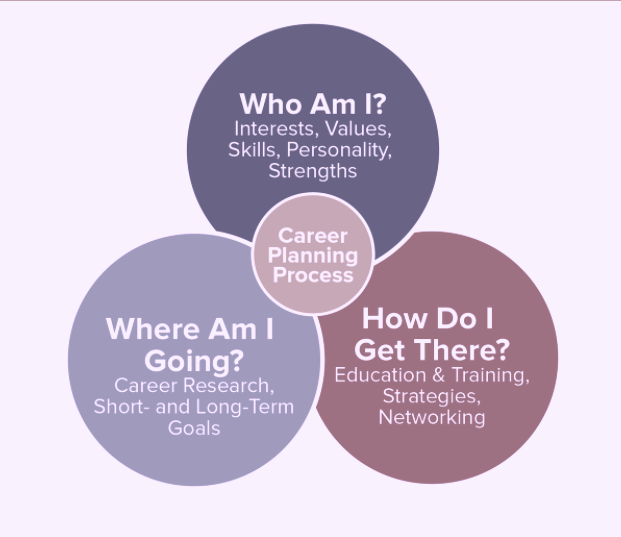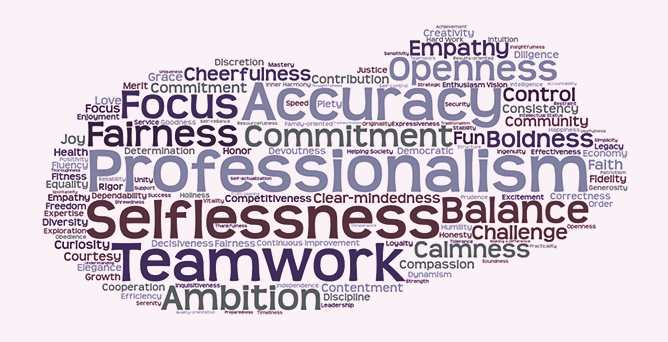 ‘Cover letters? Seriously, does anyone read a cover letter these days?’ asked my lovely candidate Liam. ‘Well, that depends on how keen you are to make a fabulous first impression,’ I responded. Our conversation continued…
‘Cover letters? Seriously, does anyone read a cover letter these days?’ asked my lovely candidate Liam. ‘Well, that depends on how keen you are to make a fabulous first impression,’ I responded. Our conversation continued…
Liam: OMG Jane, coffee, shopping and wine dates with my mates, so busy, no time to write cover letters! Isn’t my resume sufficient if it’s already proving I can meet the role expectations?
Jane: You’ve been networking; go you! Sure your Resume and LinkedIn profile will take front and centre stage, but never underestimate the value of a well-crafted cover letter when wanting to capture the decision maker’s attention.
Liam:OK, anything to set me apart must be good, right?
The case for the cover letter…
A recent survey by ResumeLab claimed that 83% of respondents said an excellent cover letter can bag you an interview even if your résumé doesn’t quite do the job. The résumé is a simple, black and white bullet-pointed overview of your job history, skills and achievements. In contrast, your cover letter allows you to inject a little of your personality as you hone in on the specific requirements of the role. So what does it take?
Here’s a checklist that will help you craft a great little cover letter:
Write with the job description in mind
Like your résumé, the cover letter should address the specifics of the job advertisement (ideally, the job description, so feel free to call the recruiter and ask for one). You can sell yourself more effectively by tailoring your pitch to the role.
Consider the tone
 You don’t need to thank the hiring manager so incredibly much for reading your application–that’s their job. Instead, skip the excessive gushing and demonstrate genuine interest by writing a cover letter connecting your experience and the position’s requirements, effectively telling your reader why you’re the ideal candidate for the role.
You don’t need to thank the hiring manager so incredibly much for reading your application–that’s their job. Instead, skip the excessive gushing and demonstrate genuine interest by writing a cover letter connecting your experience and the position’s requirements, effectively telling your reader why you’re the ideal candidate for the role.
Personalise your greeting
Ideally, address your cover letter to a person rather than a generic option such as ‘To whom it may concern’ or ‘Dear Sir or Madam’ – both so old and quaint. Instead, call the company or recruiter who placed the ad to secure their name. A perfect opportunity to ask for that job description and have any pertinent questions answered to ensure it’s worth applying in the first place. Searching LinkedIn is also an option. If you still can’t find the hiring manager’s name, address the cover letter to ‘Dear Hiring Manager.’
Now grab their attention
‘I’m writing to express my interest in (x) position’? Noooo, that’s so last century! The fact that you’re applying already tells them you’re interested. Here’s how one of my candidates captured his hiring manager’s attention using a specific anecdote highlighting why he would make a great candidate:
you’re applying already tells them you’re interested. Here’s how one of my candidates captured his hiring manager’s attention using a specific anecdote highlighting why he would make a great candidate:
‘While you won’t find the title “Community Relationship Manager” in my résumé, I’ve been bringing people together for three years through hosting networking sessions and a series of online and post Covid face-to-face meetups via my blog.’
What about these examples?
- ‘I’ve wanted to work in education since my second-grade teacher, Ms James, helped me discover a love of reading.’
- ‘My approach to leadership is simple: I strive to be the kind of leader I’d want to work for.’
- ‘In my three years at ABC, I increased our average quarterly sales by x%
Memorable examples are likely to have the reader want to read on, and that’s your aim.
Something about the company that appeals?
 If you’ve been referred by a networking friend, mention it immediately; otherwise, research the company and find something to connect with. Identifying what drew you to their job post helps create a connection with the hiring manager. Why not check out the company’s career page or EBSCO to find anything written about them. Consider Company360 or Dun & Bradstreet Hoovers (D&B Hoovers) to dive deeper into their subsidiaries, financial health, who’s on the board, key players, and more.
If you’ve been referred by a networking friend, mention it immediately; otherwise, research the company and find something to connect with. Identifying what drew you to their job post helps create a connection with the hiring manager. Why not check out the company’s career page or EBSCO to find anything written about them. Consider Company360 or Dun & Bradstreet Hoovers (D&B Hoovers) to dive deeper into their subsidiaries, financial health, who’s on the board, key players, and more.
Now prove that you’re worth interviewing
Swap out the list of skills and make the case that you’re more qualified than all the other applicants by providing examples of your ability to meet their requirements. Clarify what distinguishes you and give those anecdotes splashes of personality so that you stand out and entice the reader to want to interview you.
Here is an actual, two-line excerpt from a cover letter I recently read:
“If I’m in a conference room and the video isn’t working, I’m not the sort to simply call IT and wait. I’ll also (gracefully) crawl under the table and check that everything is properly plugged in”.
What a great way to lighten up your letter and highlight your soft skills by illustrating that you’re a take-charge problem solver, with a bit of humour, without saying, “I’m a take-charge problem solver.”
Make the case
Use action words to describe how you made a difference and bring a sense of enthusiasm to your commentary. Your cover letter shouldn’t repeat your résumé. Instead, it should be vibrant and reinforce your value while getting right to the point. No more than a page, half of that about your competencies and any results you can share that would help sell you for the position.
If you are aware of any problems the company you are applying to is facing, talk about your previous successes addressing similar issues. You might also write about a time that you over-delivered on a project and, based on that experience, the diligence you bring to the role.
Make a strong close
Just as the perfect greeting sets the tone for your letter, a strong close can help you end on the right note. You might try something like ‘I hope to have the opportunity to make a positive impact on your business and the team,’ You can adjust this to the tone of the position accordingly.
the right note. You might try something like ‘I hope to have the opportunity to make a positive impact on your business and the team,’ You can adjust this to the tone of the position accordingly.
Oh! And keep it brief!
Many companies now use scan bots which can typically accommodate a cover letter of up to 250 words. We simply say no more than one page. A compelling lead paragraph, two to three short paragraphs or bullet points in the body showcasing examples of how you meet their crucial strength requirements, and a closing that includes your interest in the next steps.
Proofread, then proofread again
Once your sharp and focused cover letter is drafted and polished, spend time proofreading. Typos and mistakes indicate carelessness and can put you out of the running. Hints to help with this:
- Use your spell check and editing functions as a start.
- Find a professional proofreader or a friend who’s good at proofing to review your letter
- Try reading each word and sentence from the end to the beginning. It’s a great way to help you disrupt the flow of the writing and spot mistakes more readily.
One final thing…ditch the cliches!
While proofing, look for and remove clichés such as ‘I’m a hard worker’, ‘I’m a team player’, ‘I’m proficient with Microsoft’ These are all expected. Instead, prove it with examples, e.g., ‘I solved (particular problem) while working in (x) and successfully reduced their end-of-month open invoices by 90%.’ Statistics and specific examples win over clichés every time.
In summary, taking the time to carefully craft your cover letter using the recommendations I’ve provided can significantly improve your chances of scoring an interview. Look on it as a supplement to your résumé, another opportunity to show your target audience the potential value you bring to the table.
Liam: (two weeks later) – Hey Miss Jane!! I’ve been shortlisted for an interview!!

 Like fashion, resumes change, and if you’re not keeping up with the changes, your resume will go straight to the ‘no’ pile. What’s more, ‘old school’ resumes will ‘age’ you, show that you’re not up to date and potentially make you a less desirable candidate.
Like fashion, resumes change, and if you’re not keeping up with the changes, your resume will go straight to the ‘no’ pile. What’s more, ‘old school’ resumes will ‘age’ you, show that you’re not up to date and potentially make you a less desirable candidate.


